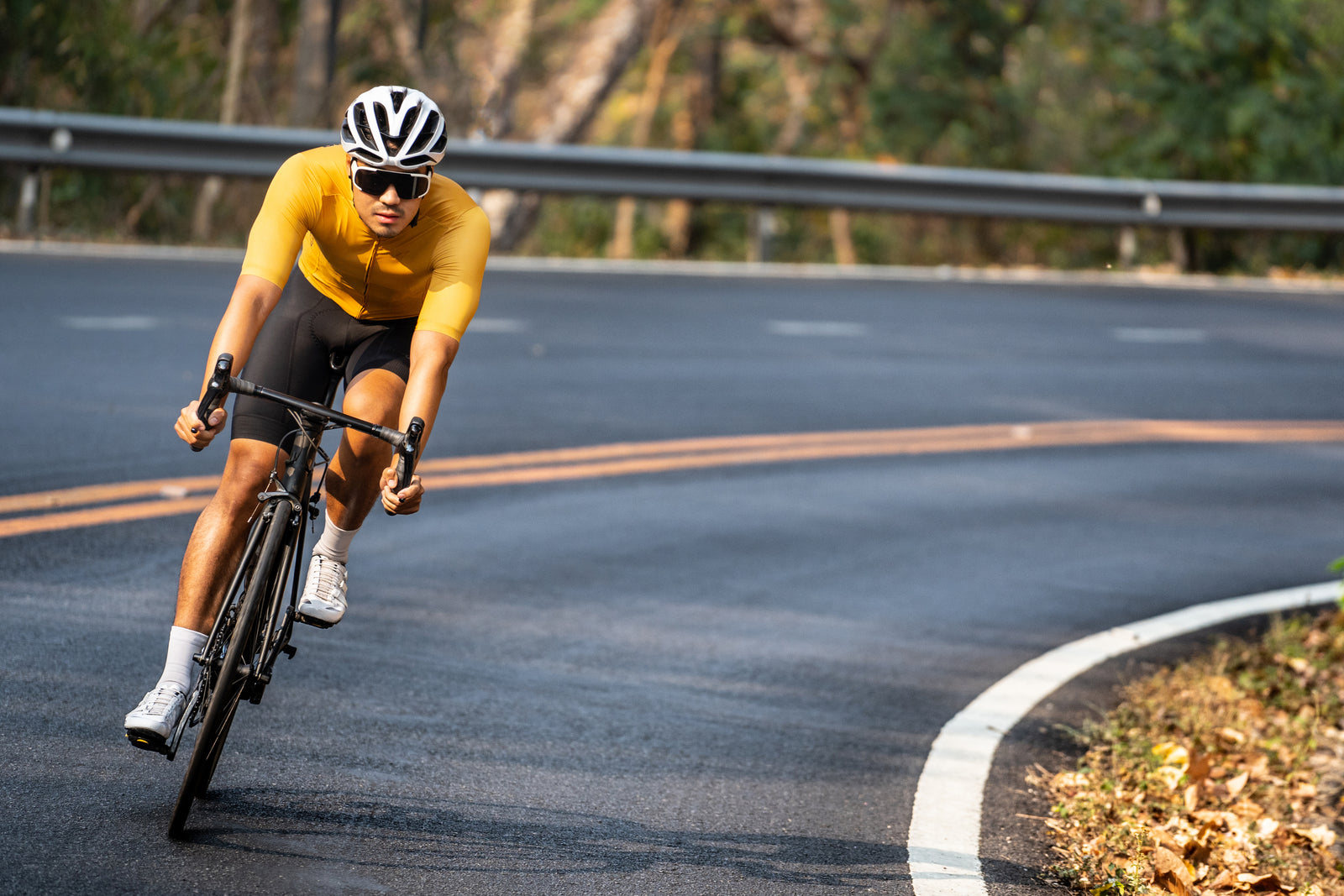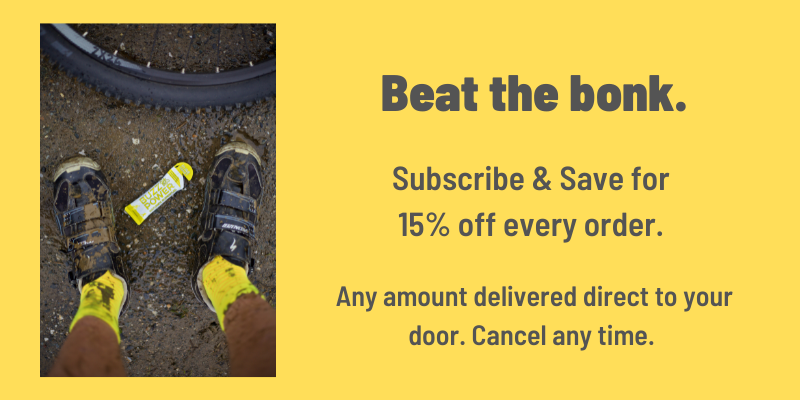Looking to get out and about in the great outdoors for marathon training, cross country running or simply to shake off the lockdown cobwebs and get some serious mental-health boosting fresh air?
You'll need the right footwear to avoid causing any extensive erosion or damage to the natural terrain, flora and wildlife.
Jana Duskova from running shoe experts Run & Become shared her tips with Buzz Power on how to find the perfect shoe so you can get outdoors testing your PB no matter the weather.
Fell running shoes have a deep studded sole for seriously slippery muddy conditions. Whereas trail running shoes don't have such an aggressive grip and are suitable in particularly for runners who are running on the road to get to the trail or if their trail includes a lot of hard surfaces.
Trail Running Shoes or Fell Running Shoes?
1. Firstly, you need to decide what kind of terrain you're going to run on. Most people will be running on a mix of different surfaces, so just choose which you will be spending most time on.
Here's some questions to get started with:
If you are going to be running mainly on a very soft muddy terrain through bogs, heather and waist-length grass, over boulders and scree fields, then a good grip is really important. In which case you need fell shoes, which are designed for serious off-road running.
If your runs will be mainly on hard packed trails with a little of road running too, then you don't need to worry too much about your grip. So you can go for a trail shoe, that will offer you a decent grip, while keeping your foot more cushioned (and more comfortable) compared to fell shoes.
2. Secondly, you need to decide how much cushioning you want. Or how light or heavy your shoe should be.
3. Thirdly, it's helpful to know whether you're going to be bothered by your feet getting wet or not. If so, then it's good to choose some waterproof Goretex. However, remember that Goretex shoes don't offer such a good grip as fell shoes, which are generally not waterproof. Runners in the toughest terrain (very muddy conditions) aren't usually too worried about having waterproof shoes, as water usually gets in the shoe anyway from the ankle area, rather than through the meshed upper.
4. When it comes to road running shoes, it's always very important to asses the running gait correctly to be able to find a pair that's suitable for the runner. In case of fell shoes none of them come with medial support for over-pronation. This is because when you are running on uneven surface, the need to control the over-pronation becomes rather obsolete.
However, for those runners using their trail shoes on hard-packed trails, it's advisable to get their gait checked as over-pronation may become more of an issue. Fortunately, there are some trail shoes that are more stable than others and some even come with over-pronation control.
If you need any further advice about choosing a pair of running shoes or checking your running gait, Run & Become are offering Online Gait Analysis during lockdown.
Also in Blog

Energy Gels & IBS





Hannah Rand
Author